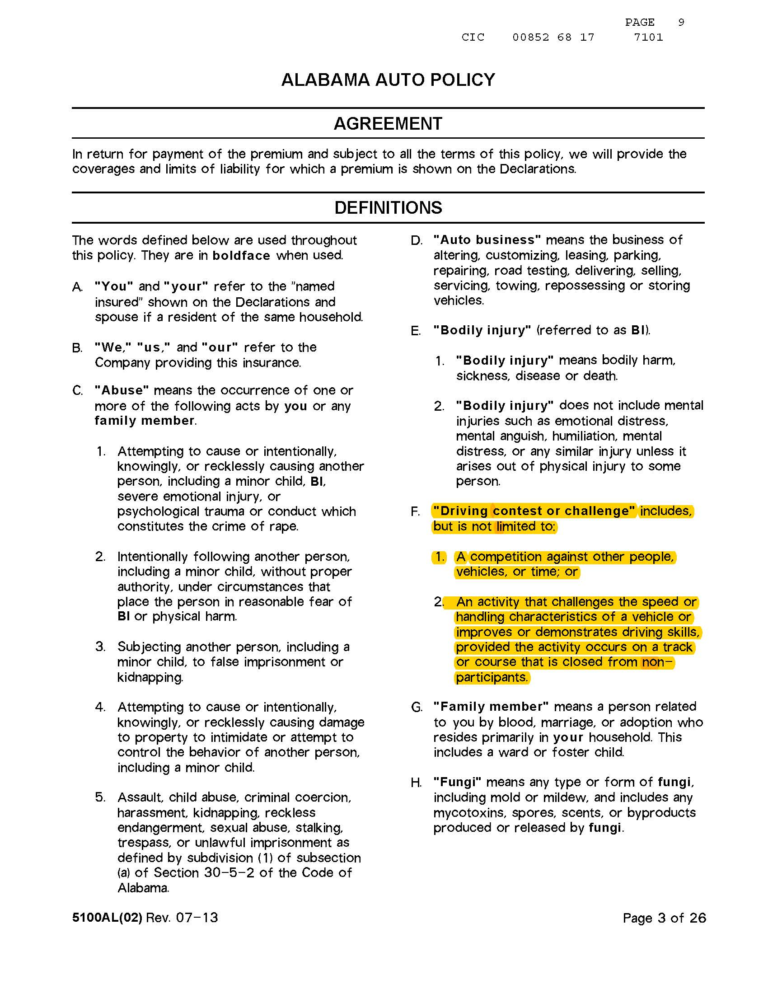Hurricane Helene: Preparing for Future Storms
Hurricane Helene has left a lasting impact on the eastern United States, becoming the second-deadliest hurricane in over half a century. With reports of more than 160 fatalities across several states including Florida and Virginia, the devastation is profound and far-reaching. As researchers at Colorado State University highlight, the coming weeks are expected to see increased tropical storm activity, potentially raising the accumulated cyclone energy (ACE) levels significantly. In the wake of such disasters, the need for effective hurricane preparation becomes critical, especially with the looming flood risk in both coastal and inland areas. As communities assess the damage from Helene, vigilance and proactive measures are essential to safeguard lives and property against future storms like Hurricane Kirk.
The recent events surrounding Hurricane Helene emphasize the urgent need for awareness regarding powerful storms and their aftermath. This season, the heightened tropical cyclone activity has been underscored by the potential for storms like Hurricane Kirk to escalate in strength and impact. Forecasts indicate that significant accumulated cyclone energy (ACE) will characterize the coming weeks, reinforcing the importance of being prepared for such natural disasters. Furthermore, the risk of flooding, often underestimated in non-coastal regions, reminds us that hurricanes affect far more than just shorelines. As communities continue to recover from Helene, it is imperative to remain informed about hurricane safety and flood preparedness.
Understanding Hurricane Helene’s Impact
Hurricane Helene has left a significant mark on the southeastern United States, with over 160 confirmed fatalities reported across several states, including Florida and North Carolina. The scale of destruction is staggering, making Helene the second-deadliest hurricane in the United States in the past 55 years, following Hurricane Katrina. This catastrophic event has prompted researchers and meteorologists to analyze its impact and to prepare for future storms. With insurance losses projected to reach between $3 billion to $6 billion, the financial ramifications of Helene are as severe as the physical destruction.
In light of Hurricane Helene’s devastating consequences, it is crucial for residents in hurricane-prone areas to understand the risks associated with tropical storms. The recent assessments from Colorado State University highlight that the upcoming weeks will see above-normal levels of tropical storm activity. This means that communities must remain vigilant and proactive in their hurricane preparation efforts, particularly in terms of securing flood insurance and following local authorities’ guidance.
The Role of Hurricane Kirk in Current Tropical Storm Activity
As Hurricane Helene’s aftermath is still being addressed, attention has shifted towards Hurricane Kirk, which is projected to generate significant accumulated cyclone energy (ACE) as it traverses the Atlantic. Meteorologists predict that Kirk will likely exceed the 10 ACE threshold, indicating a strong likelihood of intensification into a major hurricane. This potential for development necessitates close monitoring by the National Hurricane Center and serves as a reminder of the unpredictable nature of tropical storm activity.
The behavior of Hurricane Kirk offers critical insights into the current tropical storm landscape. With the formation of Tropical Depression 13 and other disturbances in the Gulf of Mexico, the Atlantic is anticipated to remain active. These developments underscore the importance of understanding accumulated cyclone energy as a predictor of storm intensity and duration, which can have serious implications for coastal safety and disaster preparedness.
Hurricane Preparation: Lessons Learned from Helene
The devastation caused by Hurricane Helene has reignited discussions around effective hurricane preparation strategies. Given the extensive damage and loss of life, it is imperative for residents in hurricane-prone regions to prioritize their emergency plans. The Triple-I organization emphasizes the need for communities to stay informed and prepared, particularly in light of the increased tropical storm activity predicted in the coming weeks.
One of the key lessons from Helene is the importance of having a robust emergency kit and an evacuation plan in place. Families should ensure they have necessary supplies such as water, food, medications, and important documents secured in waterproof containers. Additionally, understanding the local flood risks, especially for inland areas that may not typically consider themselves vulnerable, is crucial for comprehensive hurricane preparation.
Flood Risk Awareness Following Hurricane Helene
In the aftermath of Hurricane Helene, the importance of flood risk awareness has never been more apparent. The storm’s impact was felt not only in coastal areas but also in various inland communities that experienced significant flooding. As seen during previous hurricanes like Ida, non-coastal regions can face severe flood risks, leading to devastating consequences for residents who may not be prepared for such events.
Experts recommend that individuals and families take proactive measures to assess their flood risk, regardless of their location. This includes understanding local flood zones, investing in flood insurance, and staying updated on weather forecasts and emergency alerts. Awareness and education can significantly mitigate the impact of future storms and protect lives and property from the dangers of flooding.
The Importance of Monitoring Tropical Storm Activity
Monitoring tropical storm activity is essential for ensuring public safety and preparedness in hurricane-prone areas. With the forecast indicating above-normal levels of activity, communities should remain alert and informed about the potential development of storms like Hurricane Kirk and others forming in the Atlantic. Public awareness campaigns can play a crucial role in educating residents on how to respond to updates from meteorological agencies.
Utilizing technology and resources such as weather apps, local news, and the National Hurricane Center’s updates can empower individuals to make informed decisions. By staying connected to real-time information, residents can better prepare themselves for any tropical storm threats, ensuring that they have the necessary supplies and plans in place to protect their families and homes.
Insurance Implications Post-Hurricane Helene
The financial implications of Hurricane Helene extend far beyond immediate recovery efforts, impacting the insurance market significantly. With losses anticipated to reach mid-to-high single-digit billion dollars, private insurance companies face considerable claims, which may affect future premiums and policy availability for homeowners in hurricane-prone zones. As the industry grapples with the fallout, it is crucial for policyholders to understand their coverage and any potential changes that may arise.
As communities rebuild, insurance providers are likely to reevaluate risk assessments based on recent events. This may lead to more stringent underwriting criteria or increased premiums for those living in high-risk areas. Residents should engage with their insurance agents to discuss coverage options and assess whether they have adequate protection against flood risks and hurricane damages.
Community Preparedness in the Face of Hurricane Threats
Community preparedness is a vital component of mitigating the effects of hurricanes and tropical storms. In light of the devastation caused by Hurricane Helene, local governments and organizations must prioritize community education and engagement initiatives. These efforts should focus on promoting awareness of hurricane readiness, including evacuation routes, emergency shelters, and the importance of having a family disaster plan.
Collaboration between local authorities, emergency services, and community members can enhance resilience against future storms. By organizing workshops, drills, and informational campaigns, communities can foster a culture of preparedness that empowers residents to act swiftly and effectively when faced with hurricane threats. This proactive approach can save lives and reduce damage during future storms.
The Future of Hurricane Research and Forecasting
The recent activity of hurricanes, including the impacts of Helene and the potential for storms like Kirk, emphasizes the need for ongoing research and advancements in hurricane forecasting. Institutions such as Colorado State University are at the forefront of studying accumulated cyclone energy and its implications for predicting storm intensity and behavior. Continued investment in research is critical to improving our understanding of hurricane patterns and enhancing forecasting models.
As technology evolves, so does the ability to predict and respond to hurricanes more effectively. Integrating data from satellite imagery, ocean buoys, and atmospheric models can lead to more accurate forecasts, providing communities with vital information to prepare and respond to impending threats. This scientific progress will play a crucial role in reducing the impact of future hurricanes and ensuring that residents are better equipped to handle the challenges they may face.
Engaging with Local Authorities during Hurricane Season
Effective communication and engagement with local authorities are essential elements of hurricane preparedness. Residents must stay informed about emergency measures, evacuation orders, and safety protocols through official channels such as local emergency management offices and the National Hurricane Center. This engagement is particularly urgent following the devastating effects of Hurricane Helene, which has emphasized the need for clear communication in crisis situations.
Additionally, local authorities should prioritize outreach efforts to ensure that all community members, including vulnerable populations, are aware of available resources and support systems. By fostering collaboration between residents and local officials, communities can enhance their overall preparedness and response capabilities, ultimately leading to more resilient neighborhoods in the face of future storms.
Frequently Asked Questions
What are the impacts of Hurricane Helene on the U.S. states affected?
Hurricane Helene has caused significant damage across several U.S. states, including Florida, Georgia, South Carolina, North Carolina, Virginia, and Tennessee, with over 160 confirmed fatalities. It has become the second-deadliest hurricane in the U.S. in the last 55 years, only behind Hurricane Katrina.
How is accumulated cyclone energy (ACE) related to Hurricane Helene and its aftermath?
Accumulated cyclone energy (ACE) is a measure of the intensity and duration of tropical storms and hurricanes. Following Hurricane Helene, researchers at Colorado State University noted that the upcoming weeks would likely see above-normal tropical storm activity, with ACE levels expected to exceed 10, indicating a heightened risk for further storms.
What hurricane preparation steps should be taken after Hurricane Helene’s impact?
In the wake of Hurricane Helene, it is crucial for residents in hurricane-prone areas to stay informed about storm developments, prepare emergency kits, create evacuation plans, and heed local authorities’ instructions. Continuous vigilance is necessary, especially concerning flood risks.
What lessons can be learned from the flooding risks associated with Hurricane Helene?
Hurricane Helene highlighted the importance of being aware of flooding risks, even for non-coastal communities. Residents should understand that severe flooding can occur inland, similar to what was experienced during Hurricane Ida. It is essential to have flood insurance and to prepare for such scenarios.
How does Hurricane Kirk relate to the tropical storm activity forecasted after Hurricane Helene?
Hurricane Kirk is predicted to significantly contribute to tropical storm activity in the Atlantic, with expectations of generating over 20 ACE. Its development is indicative of the above-normal tropical storm activity expected in the weeks following Hurricane Helene.
What are the financial implications of Hurricane Helene for insurance markets?
The financial implications of Hurricane Helene are considerable, with private insurance market losses anticipated to reach mid-to-high single-digit billion dollars, exceeding initial forecasts. This underscores the economic impact of hurricanes and the necessity for robust insurance coverage in affected areas.
| Key Point | Details |
|---|---|
| Hurricane Helene Impact | Over 160 confirmed fatalities across multiple states, making it the second-deadliest hurricane in 55 years. |
| Tropical Storm Activity Forecast | CSU warns of above-normal tropical storm activity for two weeks, with an ACE exceeding 10. |
| Hurricane Kirk | Expected to generate significant ACE and likely become a major hurricane. |
| Economic Impact | Insurance losses from Helene projected to be in the mid-to-high single-digit billion dollar range. |
| Preparedness Urgency | Residents in hurricane-prone areas urged to stay informed and prepared, especially regarding flooding. |
Summary
Hurricane Helene has significantly impacted the United States, becoming the second-deadliest hurricane in the last 55 years, with over 160 fatalities reported. As researchers predict above-normal tropical storm activity in the coming weeks, residents must remain vigilant and prepared. The economic repercussions are also severe, with insurance losses expected to reach billions. It is crucial for those in affected areas to heed local authorities and take flooding risks seriously, as the effects of hurricanes extend beyond coastal regions.






